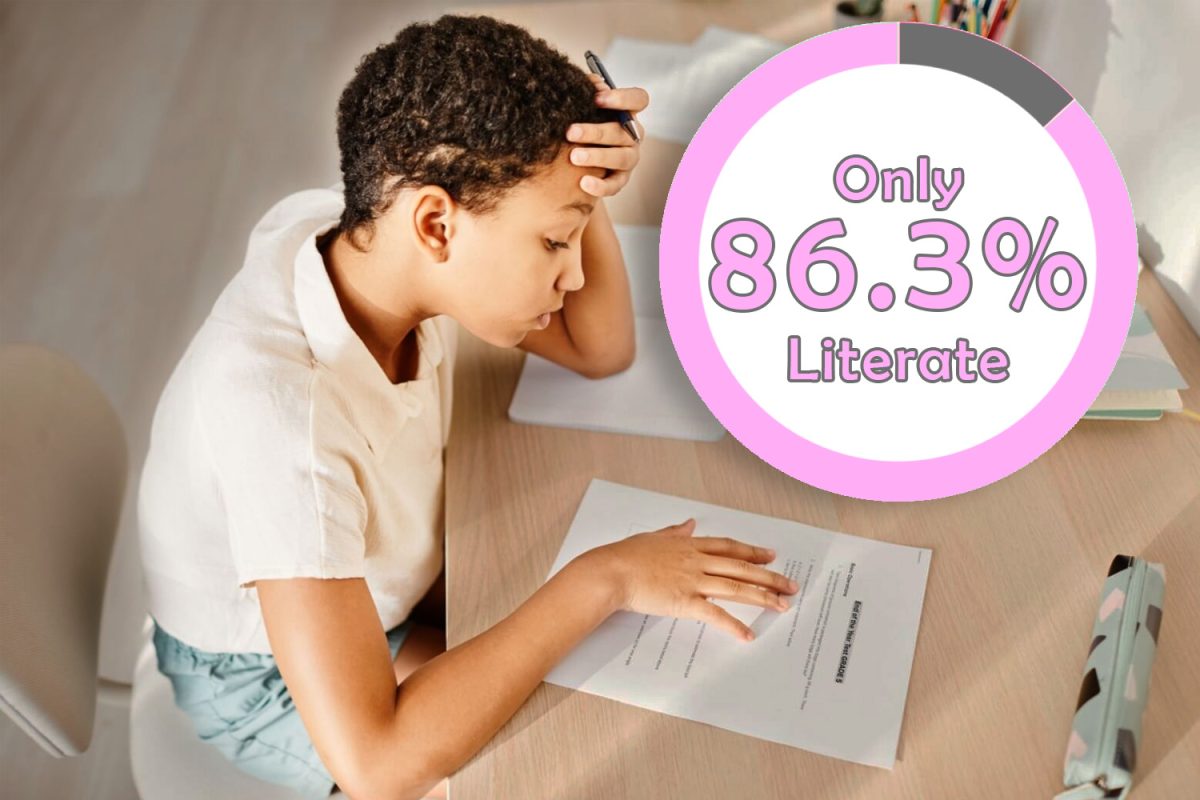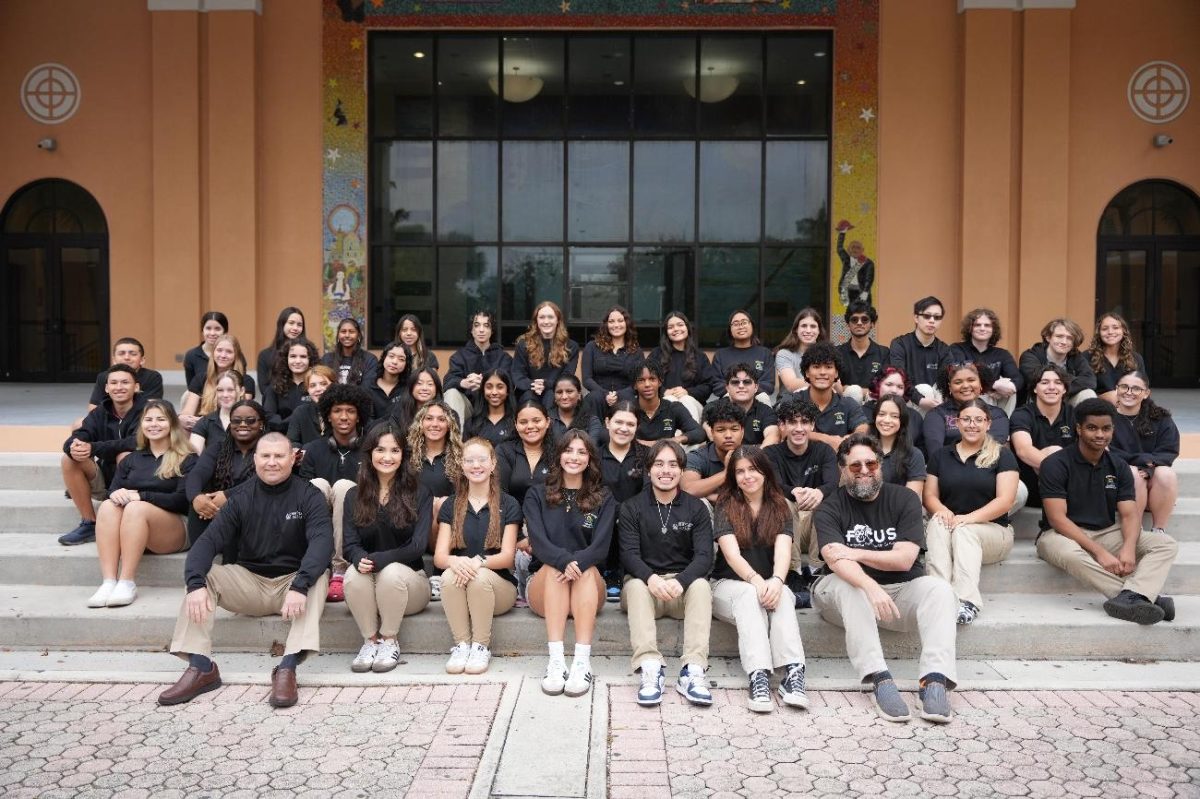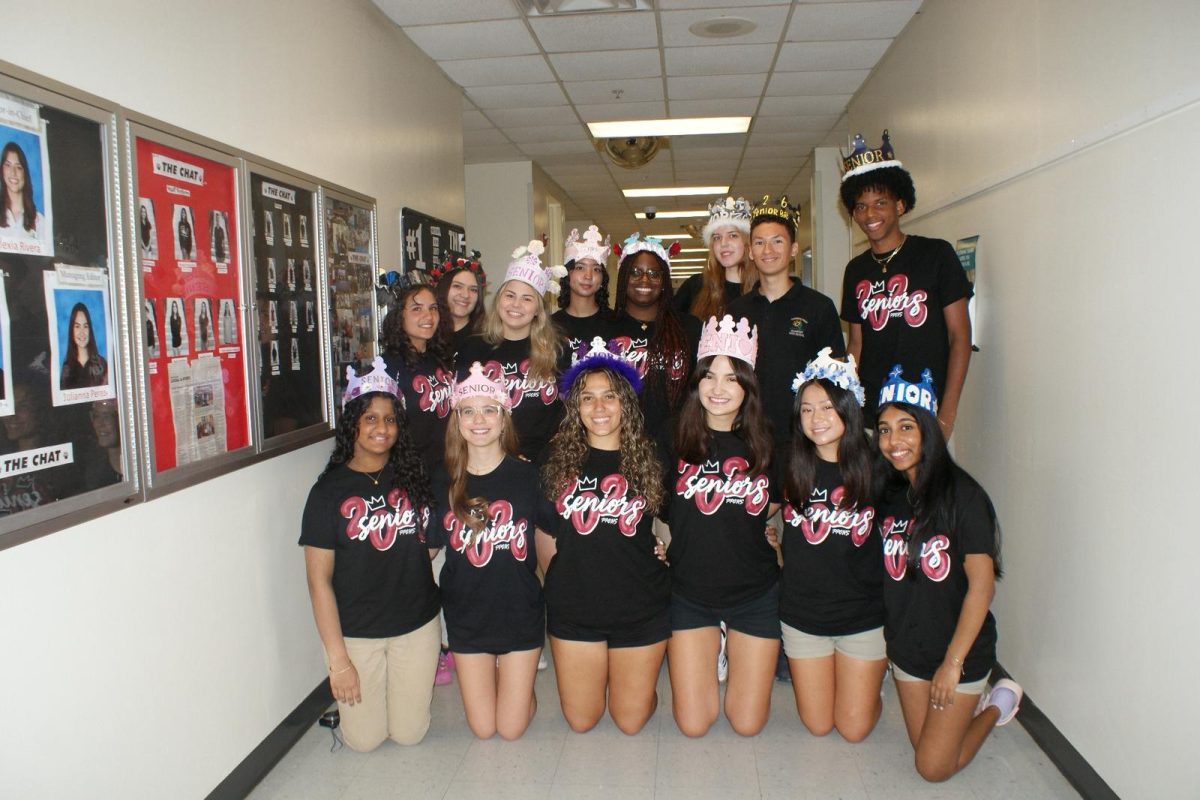The United States is quickly developing a literacy crisis that will significantly affect and threaten its education system. Literacy rates among American students and adults continue to deteriorate, meaning these students are struggling to read and comprehend at proficient levels.
Professionals inform that if poor literacy skills continue to decline as drastically as they are, it can quickly bring multiple adverse economic outcomes. In addition, the National Center for Education Statistics (NCES) states that about 54% of U.S. adults between the ages of 16 and 74 read below a sixth-grade level.
With recent economic instability, the Coalition on Adult Basic Education (COABE) recently cited that low rates of adult literacy can lead to a $1.4 trillion loss in gross domestic product. On top of poor economic outcomes, studies have also shown that if parents grow to have difficulty reading, many children might not be given the proper help they need on homework or reading as well.
This can quickly spread to younger generations as well. For example, the 2022 National Assessment of Educational Progress (NAEP) revealed that the reading scores for fourth and eighth graders were excessively low. People believe that these scores started to worsen after the COVID-19 pandemic.
Pembroke Pines Charter High School (PPCHS) freshman Pragathi Natarajan said, “I see countless people reading at elementary levels in high school, but they simply aren’t getting enough resources and also aren’t putting in a great effort to increase their scores raised over time.”
Studies show that children who don’t develop strong reading skills by third grade will have more difficulty understanding literacy and struggle academically. This is one of the most significant issues that causes an early lack of reading and comprehension skills.
Another contributing factor that is quickly making the literacy crisis more prevalent is excessive digital use. Technology allows students to access anything they need anytime, but it may also affect their reading performance. Apps that specialize in content and social media often decrease the amount of reading.
For example, excessive reading is replaced with more content, leading to decreased critical thinking and comprehension skills. However, the growing concern for students quickly grows, and schools often lack the resources to provide effective literacy programs for those who might struggle.
Some students aren’t given or offered the opportunity to improve their reading skills. PPCHS sophomore Fabrizio Alcazar states, “I have always had a poor reading comprehension. I’ve never found the proper [attention] needed to perform better. All my life, my reading score has been at level one, highest level 3 [when checking my quarterly FAST scores].”
The U.S. literacy crisis grows to be examined as more than an educational issue–it grows into an economic and social challenge that affects millions of Americans. Many argue that if action isn’t taken, the consequences will only deteriorate over time, ensuring more students might begin to perform poorly and will soon extend farther than classrooms. People believe that sooner or later, it might affect job opportunities and the country’s overall future.








